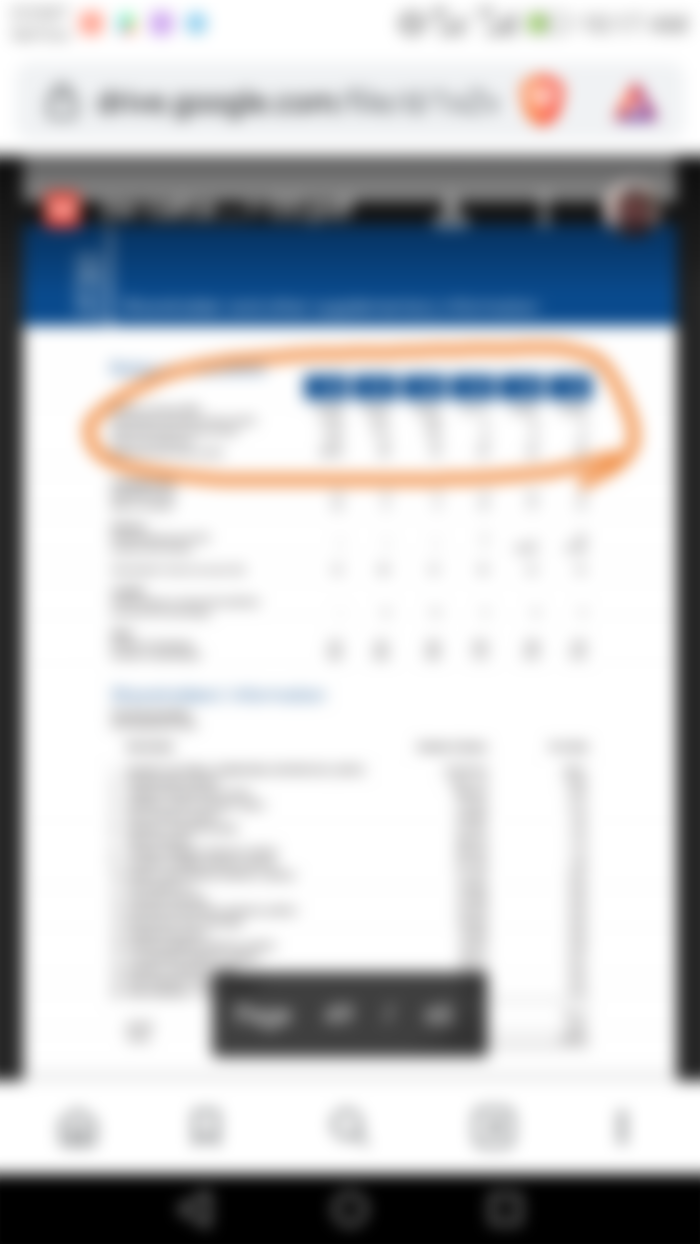Why, when and how do companies sell shares? (continued)
In my last article we spoke about the various stages of growth in a company leading to the company going public. We ended with a use case of a company started by Jack and John each with a 50% holding of their private limited company. For more information on the previous article visit my link to the previous article.
https://read.cash/@viczwa/value-investing-a-beginners-guide-to-fool-proof-investing-115d6c72
We introduced the concept of book value which in essence is the actual value of the company as reported in the company's financial records.
To continue:
Let's say the company begins to grow further in leaps and bounds and the company has up to 50 or more shareholders and is still growing to the point where more capital is needed to further growth maybe to finance a new production line or to finance expansion into new markets. The company would the seek to list with a stock exchange which would come with the following n benefits over and above additional capital:
1) Helping existing shareholders realise their investment goals through increasing activities of the company.
2) Increasing the public profile of the company.
Listing May also provide me benefits where the company may incentivise employees through offering share options
The process of listing begins through a process called Flotation. Flotation is the actual process of converting the private company into a public one or what is commonly known as "going public" where the company issues shares to the public for buying. The process involves the company making itself elligible to qualify to list on an exchange by meeting the requirements of listing (which on successful listing world have to be maintained to remain so)
Valuing the shares of a company
Now you don't need to be a financial guru to be able to evaluate stocks. There are key indicators which anyone can easily get used to and can use to evaluate any stock. In this article I will look at one of them. I will look at how we use it and will give an actual example of a stock I applied it on.
1) Price to Book ratio (P/B) ratio
We have spoken about the Book value of a company. I want to expand on that abit.
The book value of a company is the total net assets of the company minus the liabilities of the company.
I like to view it as the price a share is selling for on the market vs it's actual value in financial records.
Why are there 2 prices for 1 share?
A share is actually worth the company's assets (what the company owns in cash, bank and property etc) after we have deducted an debts and financial commitments the company has to other parties. We will call that price B (book value). When the shares are in the exchange however they value of the share is determined by how much people want it (demand and supply). If for some reason alot of people at any one time suddenly find the need to buy shares in the company the increasing need will force those who own the shares on the exchange to increase the price they choose to sell their shares at. This has the effect of increasing the shares price (P) on the exchange while the company's book value B remains the same. In this case if the company's share price rises above the book price we say the company is over-valued. We say it's under-valued when the situation is reversed. Now this gives some indication of the value of the company. The P/B ratio is given by:
(Price of share on exchange)/(Value of share in the books)
A high P/B value indicates that you pay more on the exchange for a share than it is worth.
A low P/B value indicates that you pay less on the exchange than the price is worth. This can be a good sign as it shows a gem of a company in the future or it could indicate problems in the company which are causing its price to fall
Having explained this you cannot make a stock pick decision based on this ratio alone which is why we use other indicators which I will bring to you in my next article.
Picking a stock based on P/B ratio
Option 1
Look up stocks on your local exchange and Google their P/B ratios.
A P/B ratio of 1 indicates the book price and market price are the same.
You would find it safe to buy such a stock as you would be assured it can only go up and if it were to fall it would not fall far. Such stocks perform well in depressed markets.
A P/B ratio below 1 would represent an under-valued stock which would eventually move to it's actual book price in the future (a correction) this is what we are looking for.
Anything above 1 would represent some reevaluation though it must be said a healthy P/B ratio is usually between 1.5 and 2 depending on your country and exchange
Option 2
Reading financial records
This is for those who want to take a more active approach.
You would look at a company you might be interested in then you'd download financial records like quarterly reports so you can track it's performance
Book ratio
1) To calculate the book ratio from the records in the report you'd look for the Statement of Financial position and under it you'd look for total equity. That figure represents the value of the company minus all it's liabilities

2)What you want is the equity price per share. So you'd look for the number of shares issued at that time .

3)You'd then divide the former by the latter to get the book price.
In this case:
16 097336/33 059 000=$ZWL 0.487
4) Then you'd head over to the exchange to check the price on the market
At the time of my buying these shares in 2018 the shares were worth $ZWL1
5) Finally you'd divide the price on the market by the book price
so calculating:
1/0.487= 2.07
Currently the shares are $ZWL61 per share although that's at a current P/B ratio of 5.08 for the shares in question
In the next article we will discuss other ratios used together with the P/B ratio. My hope is someone is encouraged to go do some research on stocks after reading this article
Thank you all for taking the time to go through this lengthy article. I know it will be of benefit to someone
Till next time
Signing out
Victor


Sub done plz back..Visit my new post https://read.cash/@Shuvojit12/it-is-my-phone-photography-4k-14435787